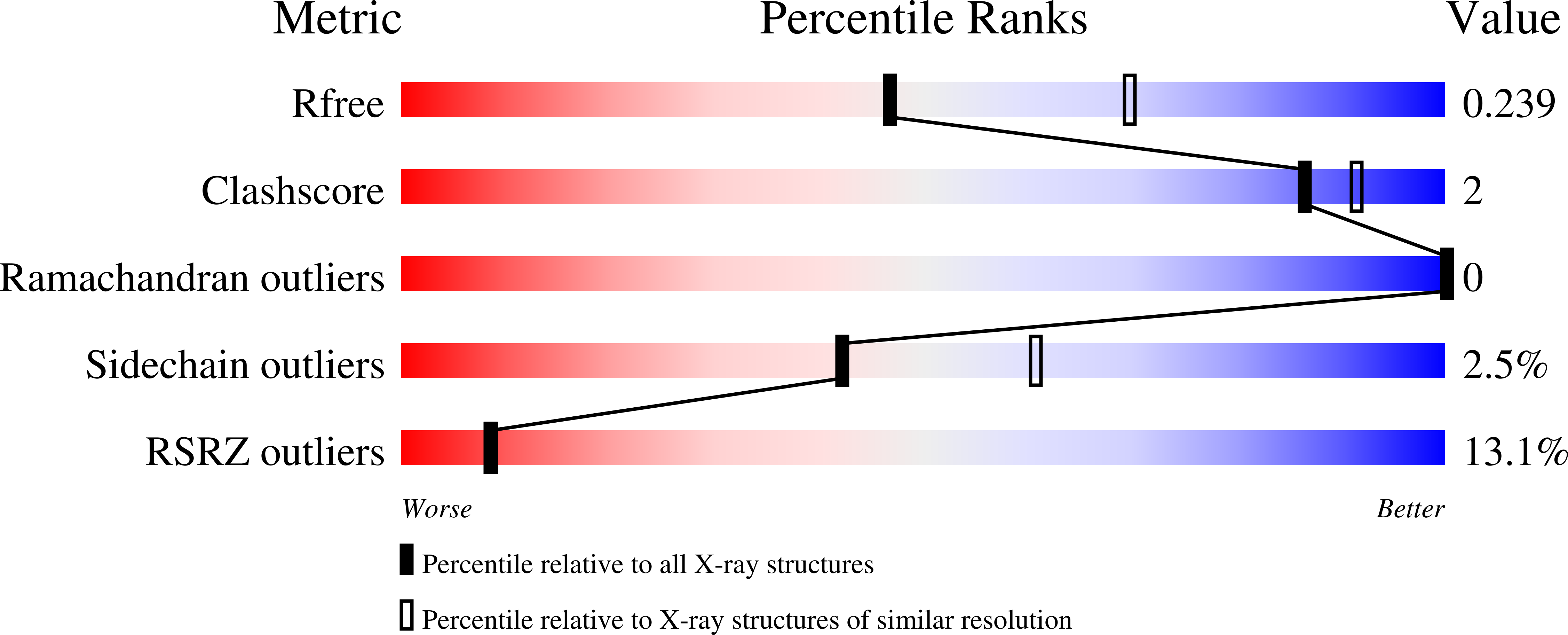
Deposition Date
2024-08-21
Release Date
2025-04-09
Last Version Date
2025-08-27
Entry Detail
PDB ID:
9D9R
Keywords:
Title:
X-ray structure of ALX4 homeodomain dimer bound to DNA
Biological Source:
Source Organism:
Homo sapiens (Taxon ID: 9606)
Host Organism:
Method Details:
Experimental Method:
Resolution:
2.39 Å
R-Value Free:
0.23
R-Value Work:
0.21
R-Value Observed:
0.21
Space Group:
P 32 2 1


